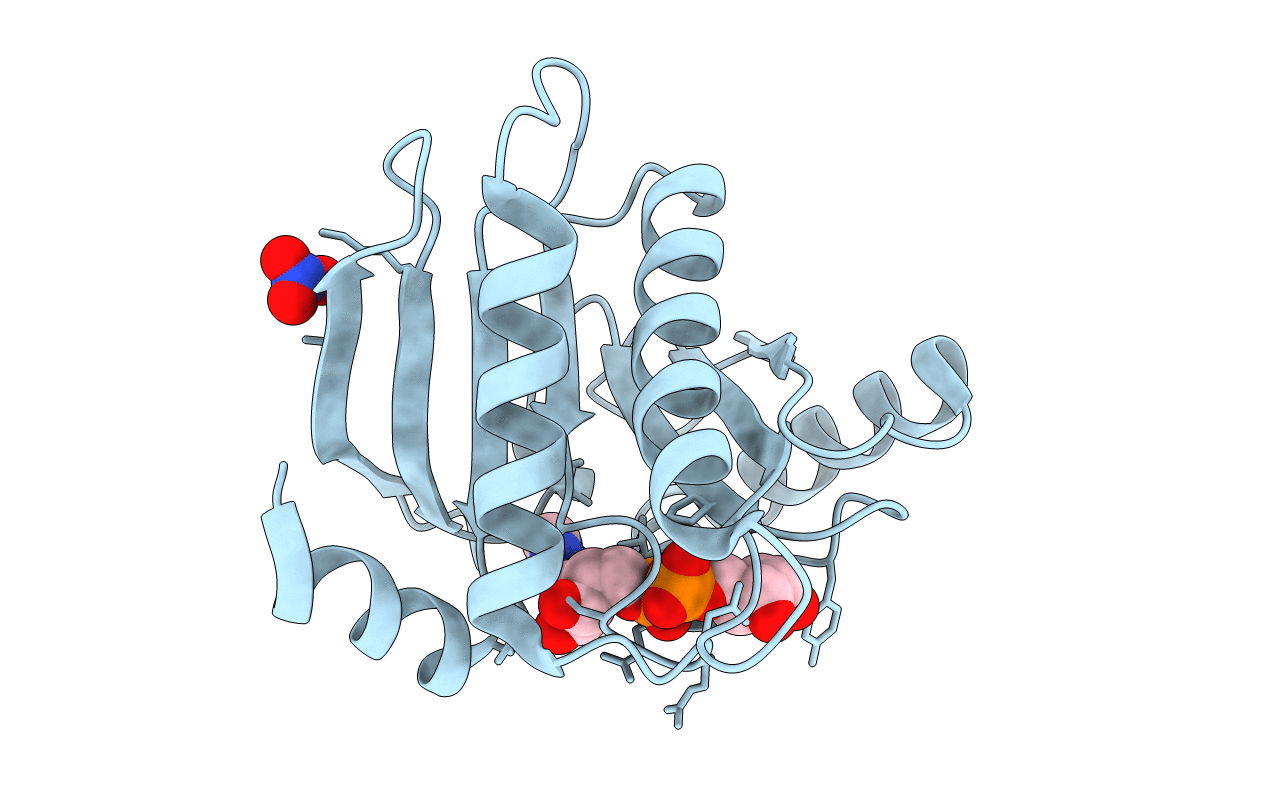
Deposition Date
2009-07-31
Release Date
2009-08-18
Last Version Date
2023-09-06
Entry Detail
PDB ID:
3IID
Keywords:
Title:
Crystal structure of the macro domain of human histone macroH2A1.1 in complex with ADP-ribose (form A)
Biological Source:
Source Organism:
Homo sapiens (Taxon ID: 9606)
Host Organism:
Method Details:
Experimental Method:
Resolution:
1.90 Å
R-Value Free:
0.21
R-Value Work:
0.17
R-Value Observed:
0.17
Space Group:
P 61


